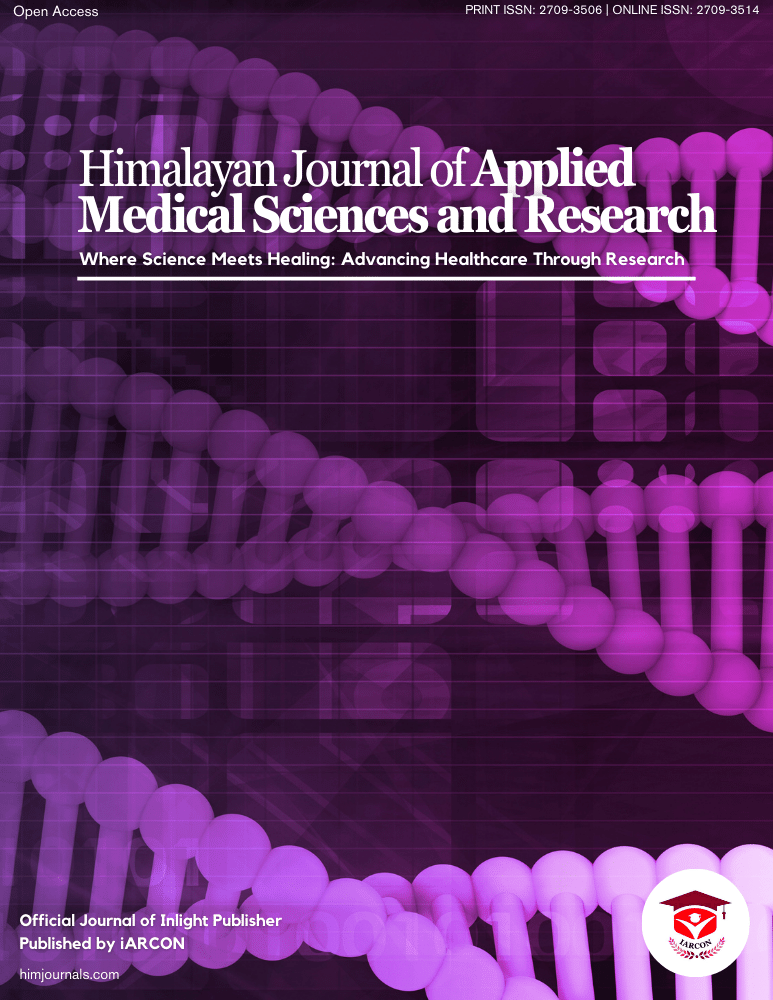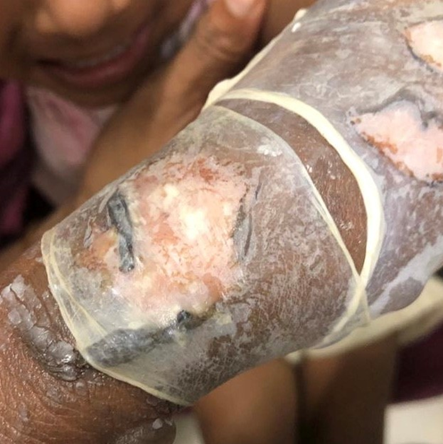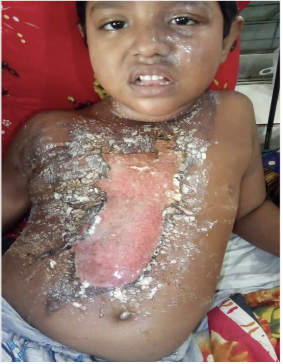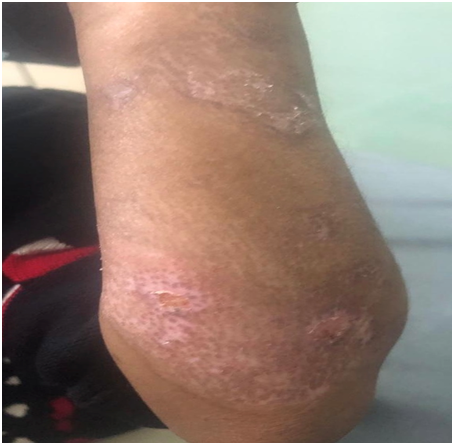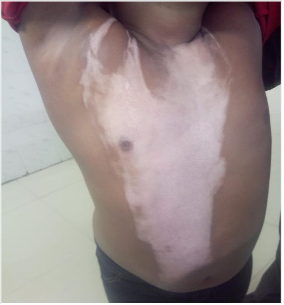A prospective study was conducted at the department of Burn and Reconstructive Surgery, Faculty of Paediatric Surgery, Bangladesh Shishu Hospital & Institute, Dhaka from March 2020 to March 2022 to compare the outcome between collagen dressing and silver sulfadiazine cream for the management of superficial burn in children. Total 40 patients who fulfilled the selection criteria within the assigned time were enrolled in the study. 20 participants were included in group A (Collagen group) and 20 participants were included in group B (Silver sulfadiazine group) after randomization. In this study, the independent variables were age, sex, body weight, percentage of burn and causes of burn. These variables were not statistically significant between the two groups. So, they did not have any effect on the outcome of the dependent variables. Majority of the patients were found in the 0-19 months’ age group, where 10 (50%) in collagen and 8 (40%) in the SSD group. Mean age of the study subjects in the collagen group was 28±22.2 and in the SSD group was 29.3 ± 22.1. There was no significant difference in age between the groups. The age range was 6 months to 96 months. In the epidemiological study of burn in children of Bangladesh they found the median age of childhood burn was 3 years which is similar to the findings of present study [1]. In this study female patients (52.5%) were slightly higher than males (47.5%). In several studies, it was shown that females are more prone to burn, especially from household burn. Likewise, in the study the incidence of burn was more in females (male: female = 0.66:1) [10]. The mean weight of the patients in the collagen group and SSD group was 14.1±7.3 kg and 13.6±6.6 kg without any significant difference. The range of weight was 6.5 kg to 39 kg. Weight was required to be measured for appropriate fluid management of burn patients. The main cause of burn was spillage of hot liquid (87.5%) in both groups without any significant intergroup difference. Cooking related burns occurred in 5 (12.5%) cases. In the study of Mashreky, et al. [1] hot liquid spillage is the second most common cause of childhood burn while flame burn was the most common cause. This discrepancy may be due to the fact that only superficial burn was included in this study and scald due to hot liquid spillage mostly cause superficial burn [1]. Percentage of burn was calculated by Lund and Browder chart. The mean % of TBSA in the collagen group and SSD group was 9.9±3.4 and 10.8±3.1 without any significant intergroup difference. The % of TBSA ranges from 5% to 18%.In the study of Singh & Bhatnagar [3], mean burn % of TBSA was 8.1% which is similar to the present study. As in both the studies, burn <20% TBSA was included, the mean % of TBSA is less accordingly. The mean duration of burn to hospitalization in collagen group and SSD group was 12.9±6.8 hours and 12.4±6.2 hours without any significant intergroup difference. Similarly, as the inclusion criterion of this study was burned within 24 hours of presentation, the mean time for hospitalization was only 12.6±6.4 hours. In the collagen group, mean pain relief time was 2.7±0.6 days while in the SSD group was 4.8±0.4 days which was significantly more than the collagen group (p-value<.001). This can be attributed to less frequent dressing change and early healing in the collagen group. The decreased pain associated with collagen dressing was also observed in the study of and [3, 11]. In the SSD group twice daily dressing was done and each dressing change involved manipulation of raw, sensitive skin surface, leading to pain and discomfort. In the collagen group most cases had a single dressing after collagen sheet application, and with epithelialization, residual collagen gets spontaneously removed. Moreover, collagen when used over the raw area provides the coverage for sensitive nerve endings, thereby diminishing the degree of pain significantly [12]. The mean time needed for wound healing in the collagen group was 7.3±1 days while in the SSD group was 10.3±1.8 days which is significantly higher (p<.0001). The overall range was 6 days to 13 days. This finding coincided with the finding of and where the collagen dressing group healed earlier than the SSD group [10, 12]. The orderly ingrowth of epithelium needs a layer of collagen to act as the scaffold on which it grows and arranges itself. Denuded areas are unable to provide this effectively, leading to the formation of extensive scars and even keloids. The intact epithelium provides a protective layer over cutaneous nerves; otherwise, these areas expose the nerves and cause pain and tenderness. It is for these purposes that denuded areas need a temporary cover until such times that the body is able to manufacture a cover of its own [12]. In the collagen group, there was no instance of infection while in the SSD group, only 1 (5%) case has developed infection. In the present study, injectable antibiotics were given for 3 to 5 days in all patients. Moreover, standard wound dressing protocol was followed in all patients. So, the infection rate is low. In the studies of [12] and [5] the infection rate was similar to the present study. The mean hospital stay in the collagen group was 4.5±0.6 days while in the SSD group was 6.8±0.7 days which is significantly more (p<.0001). Shorter admission in the hospital was recorded by several authors in the collagen group [5,11-13]. The reduced requirement for change of dressing, early pain alleviation and faster wound healing all are attributed to shorter hospital admission in the collagen-dressing group. In the present study, it was tried to avoid biases by taking a similar type of patient group. This is evident from the result that all independent variables are similar in both groups. Among the dependent variables, the collagen group has early pain relief, faster healing and shorter hospital stay in comparison to the SSD group.
Limitations of the Study: The study was conducted in a single hospital with a small sample size. So, the results may not represent the whole community.
